A Short Preview (Login to Access the Full Interview):
Theme: The Clock Eatery
Ask Catherine can be found here.
Interview: WHO Do You Think You Are? The Nuts and Bolts of Global Power with James Roguski
Take Action
Please login to see stories, charts, and subscriber-only content.Not a subscriber yet? You are invited to join here!



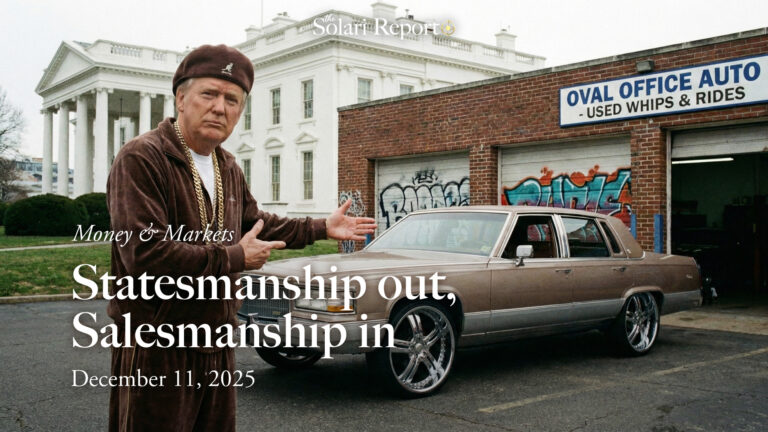
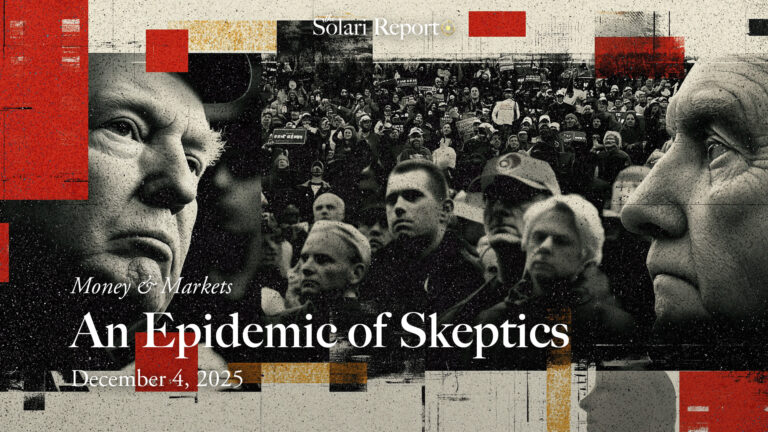

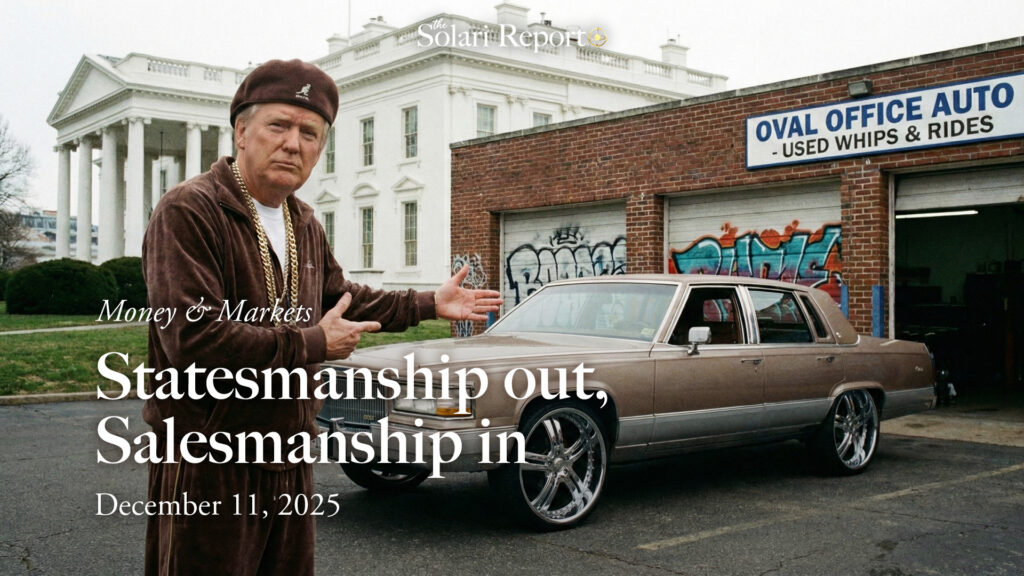
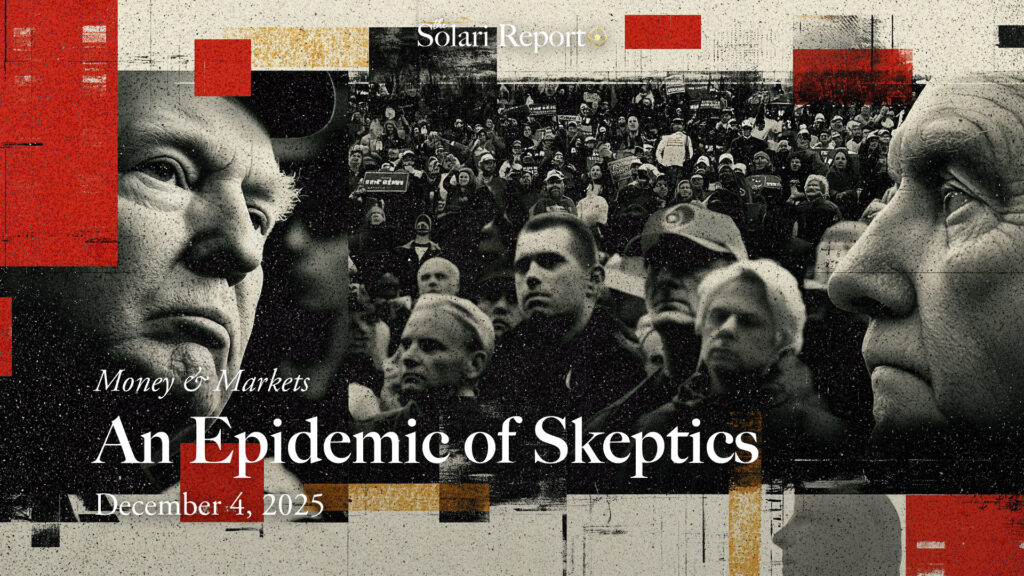
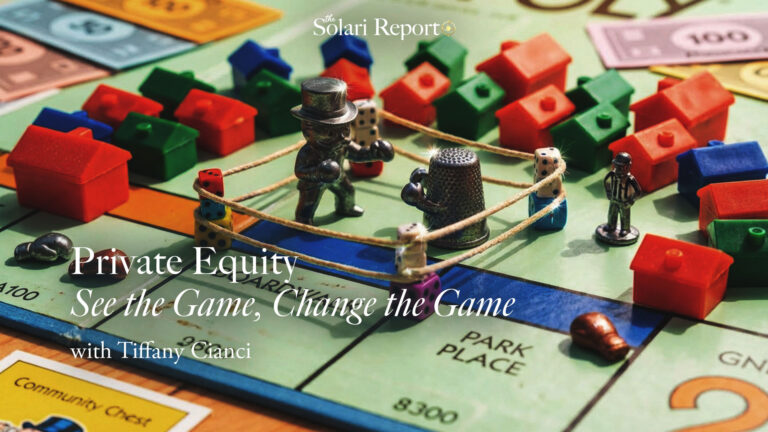


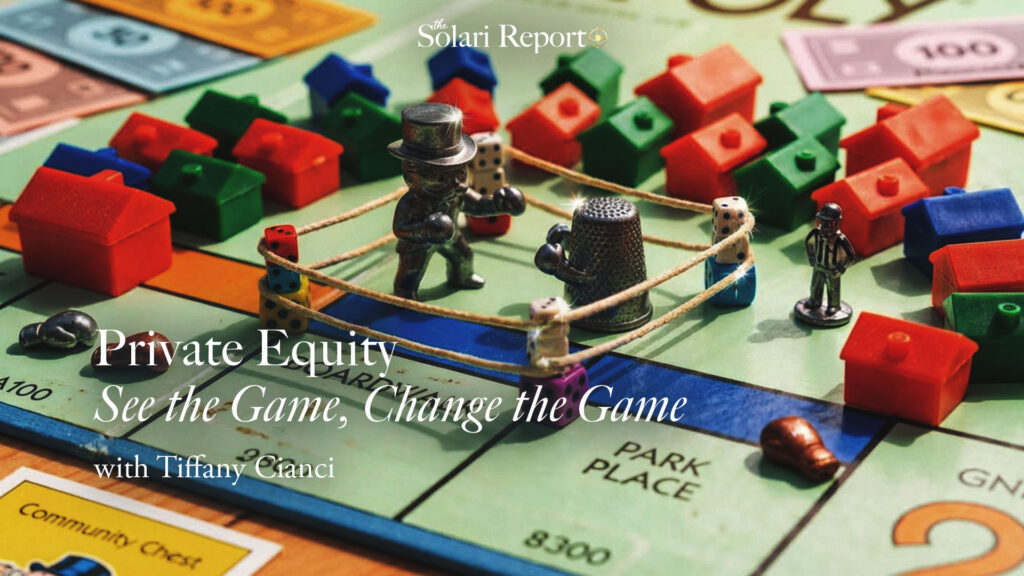




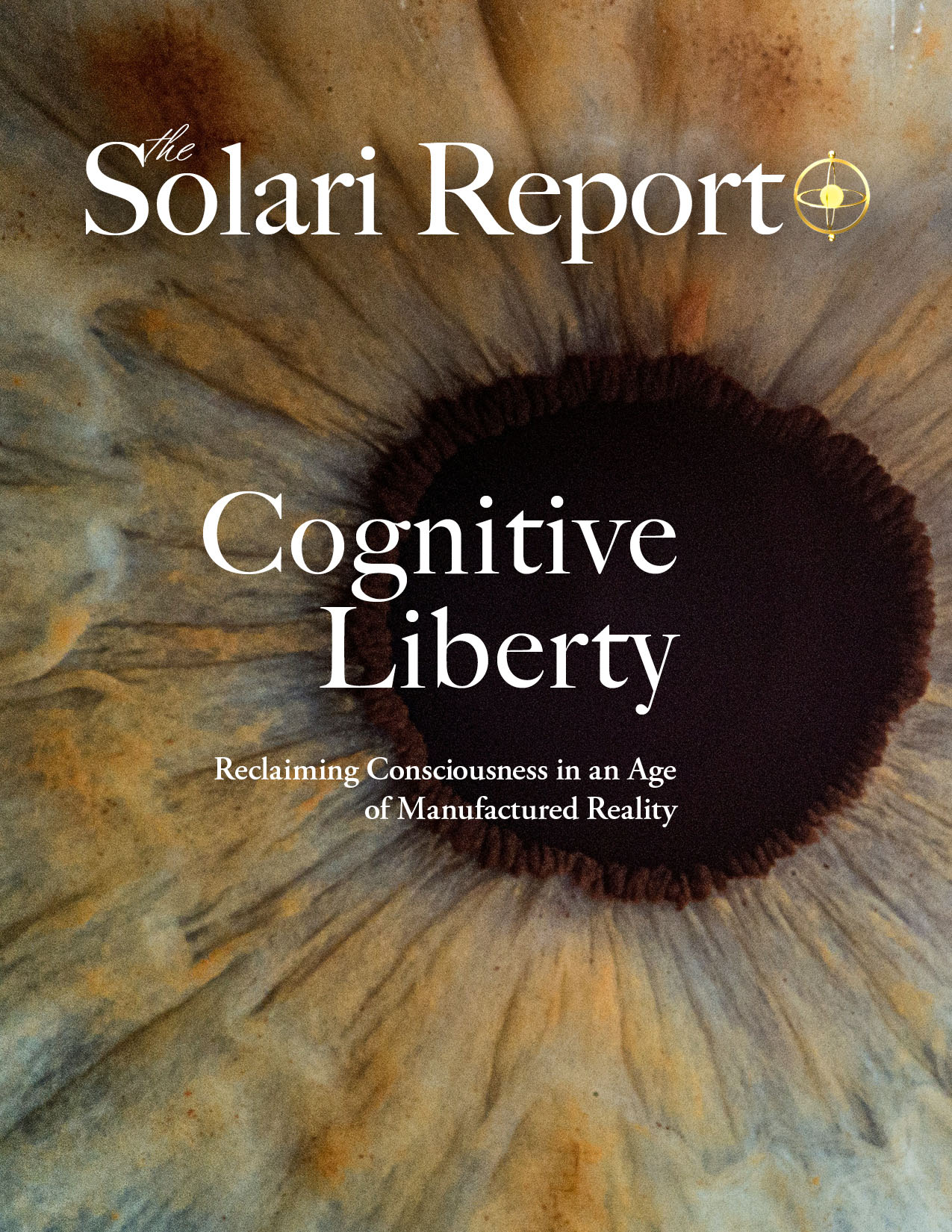
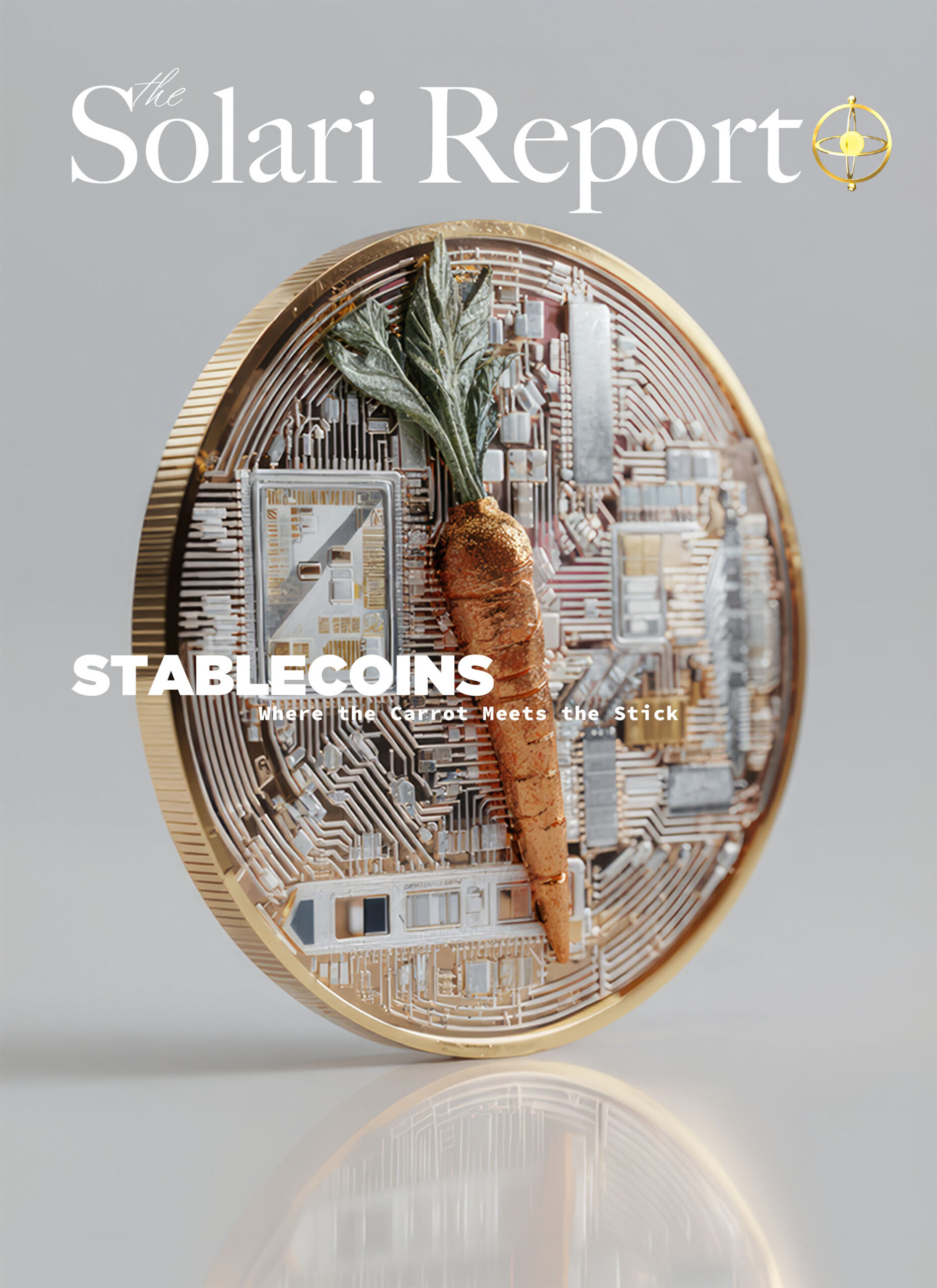



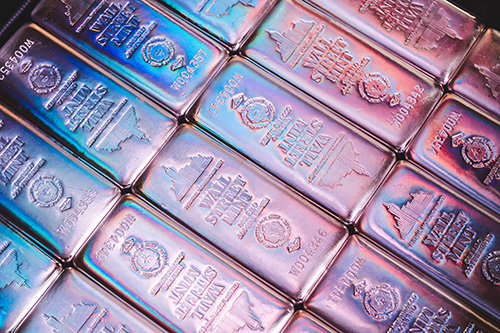









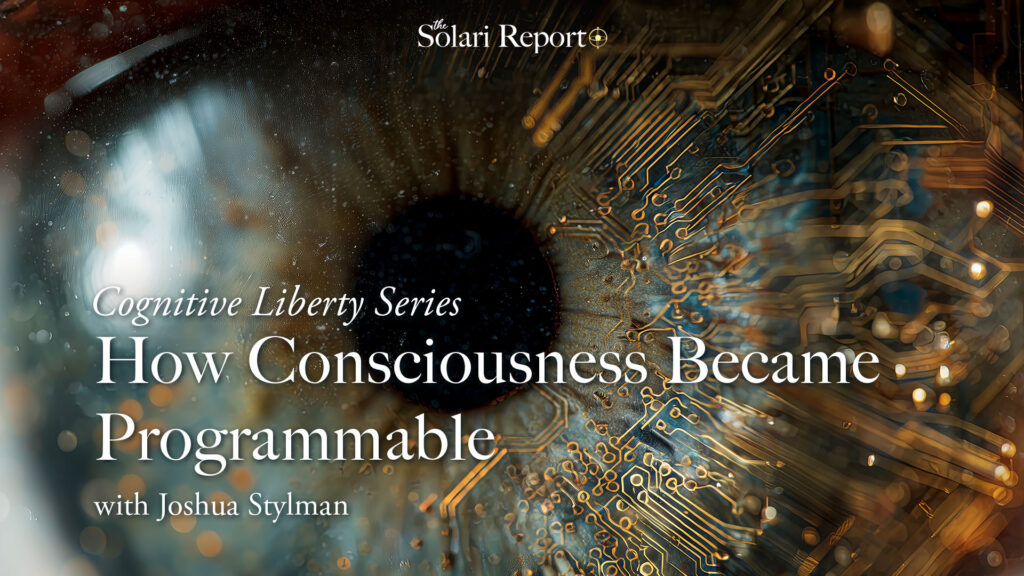
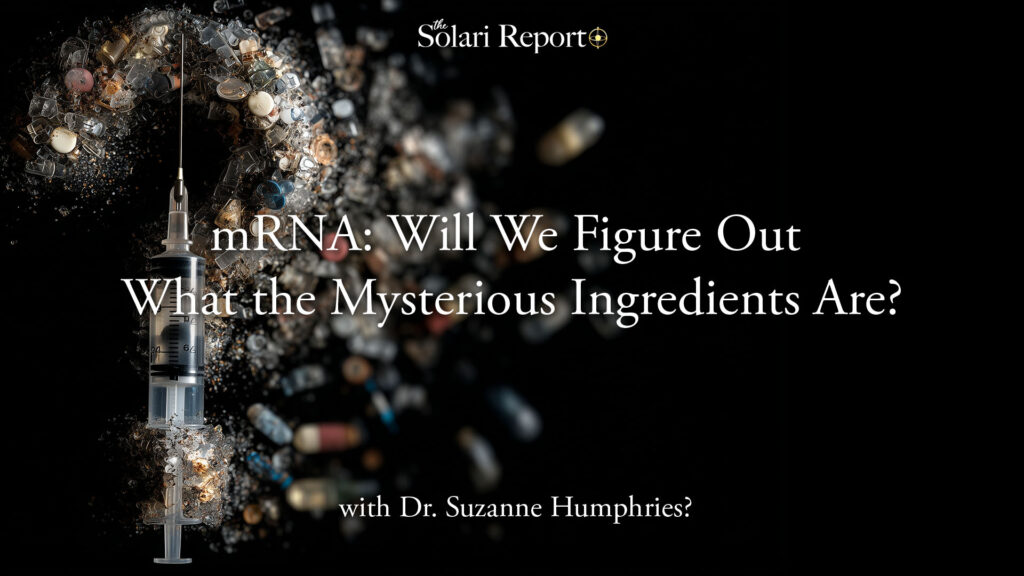


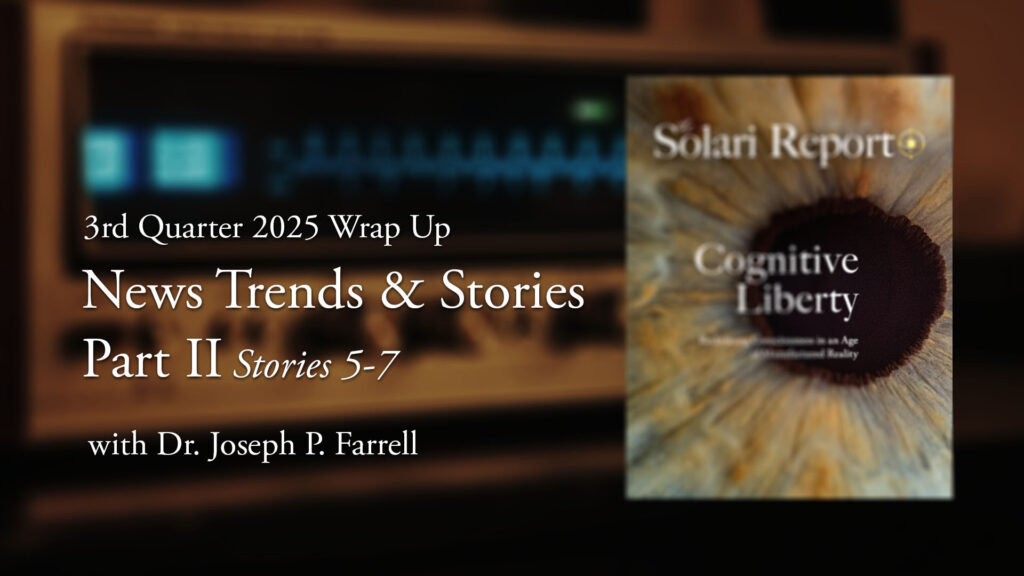
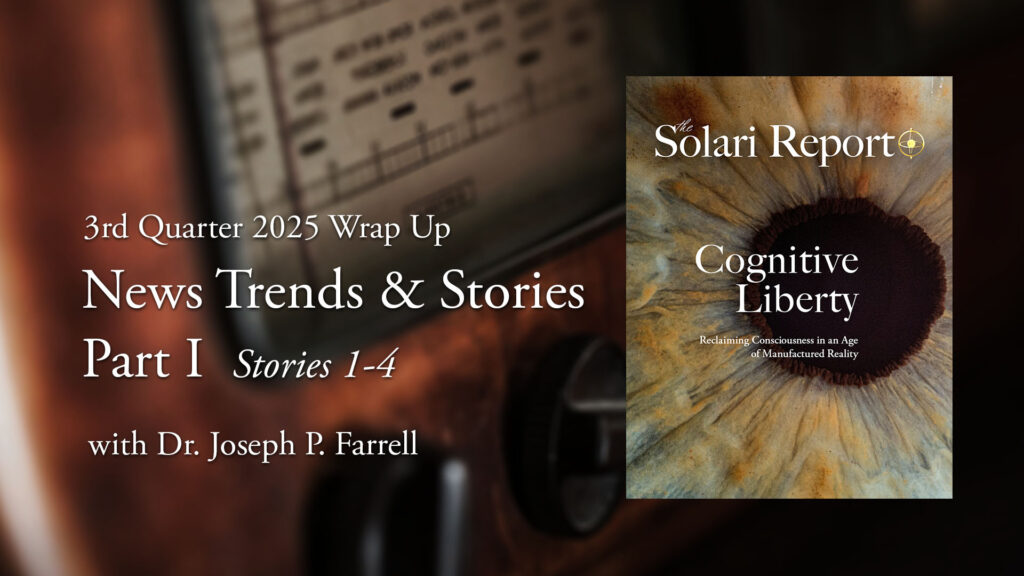
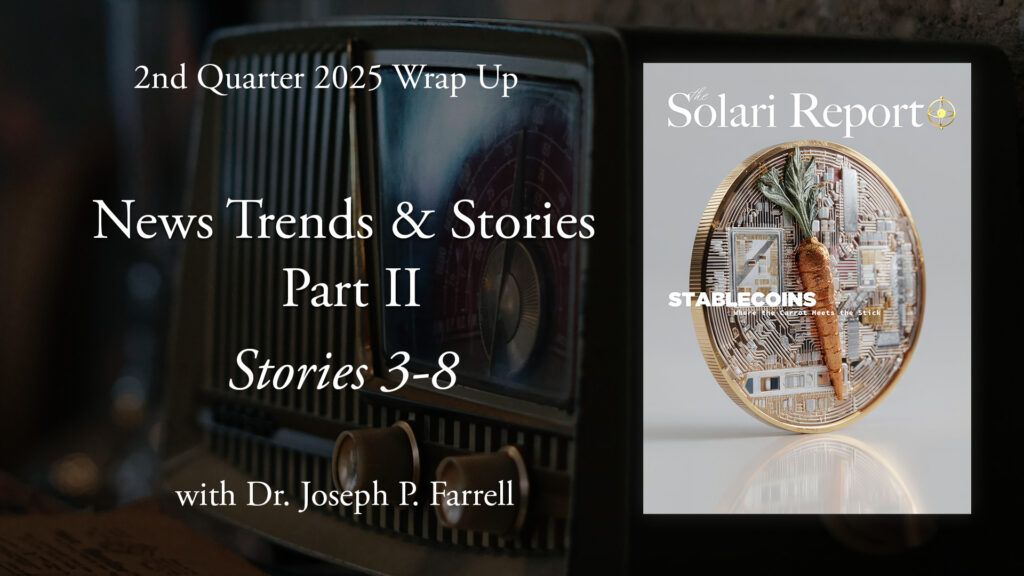



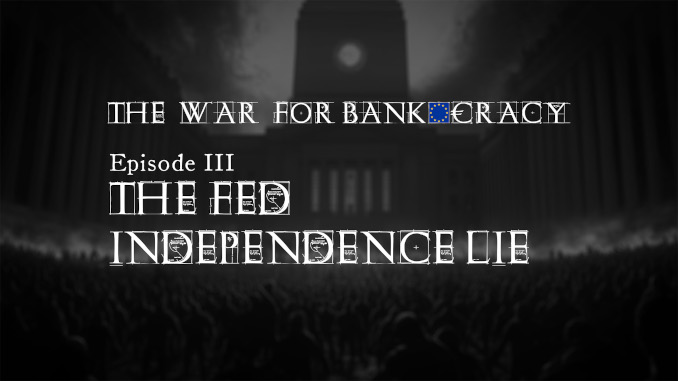
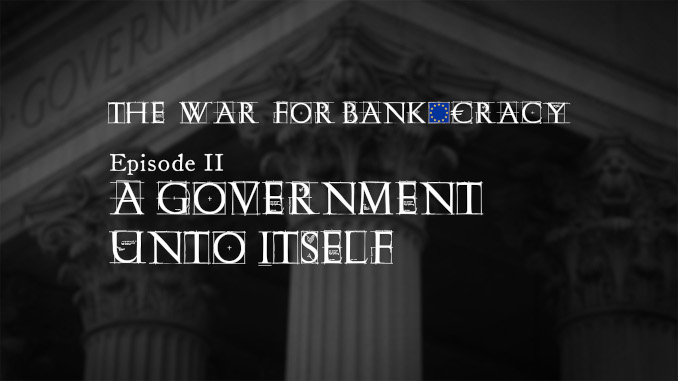



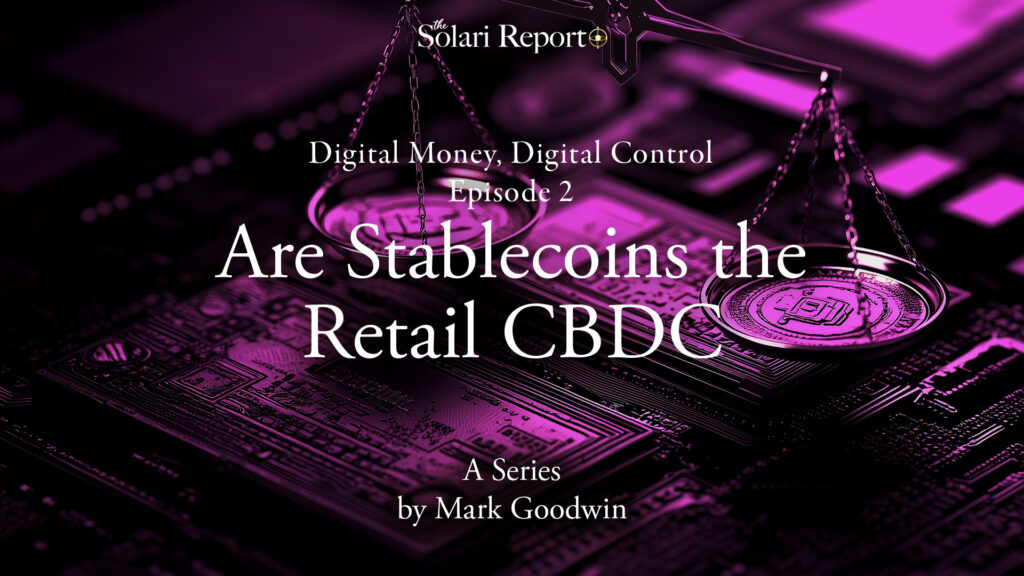

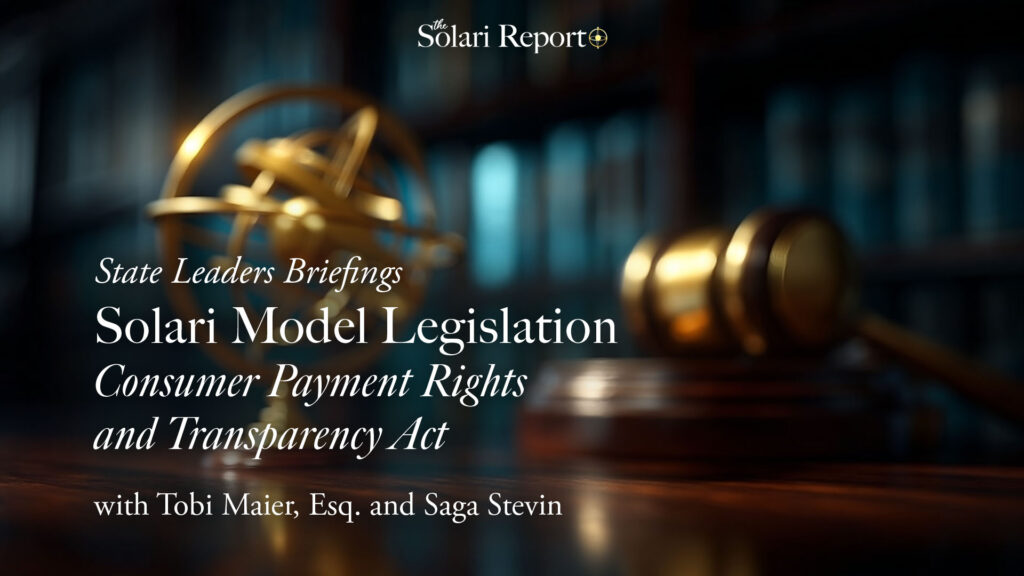













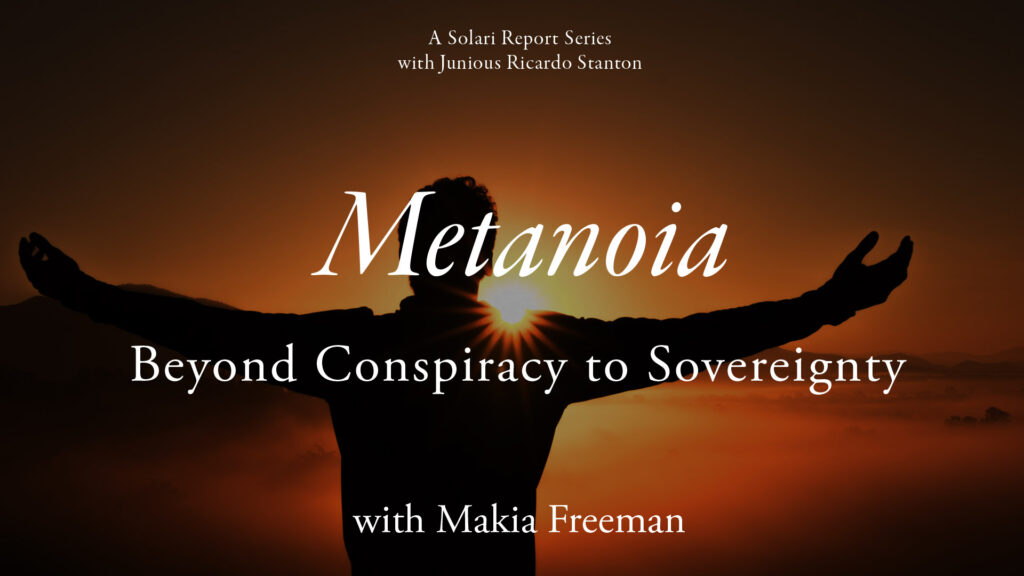
















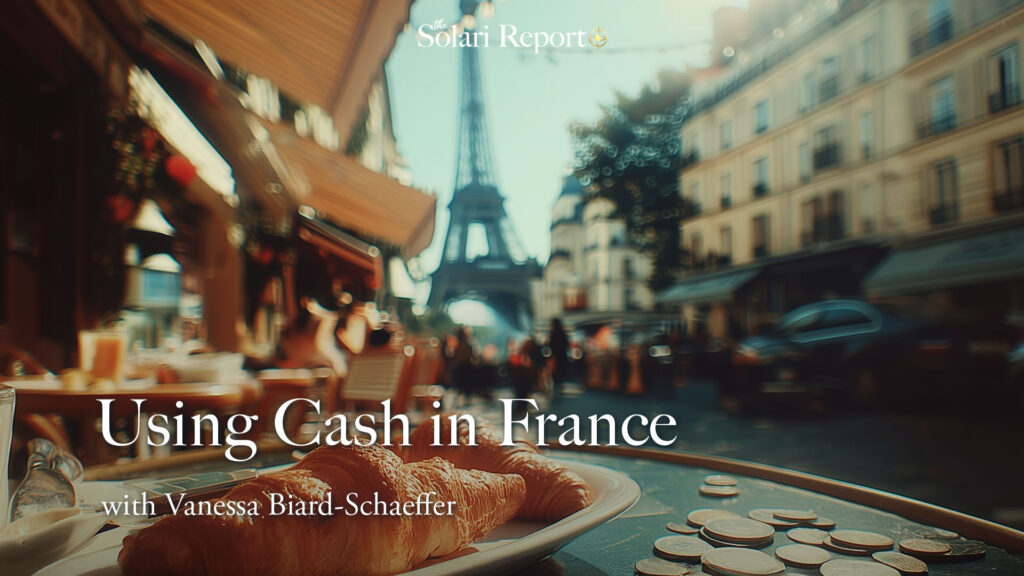

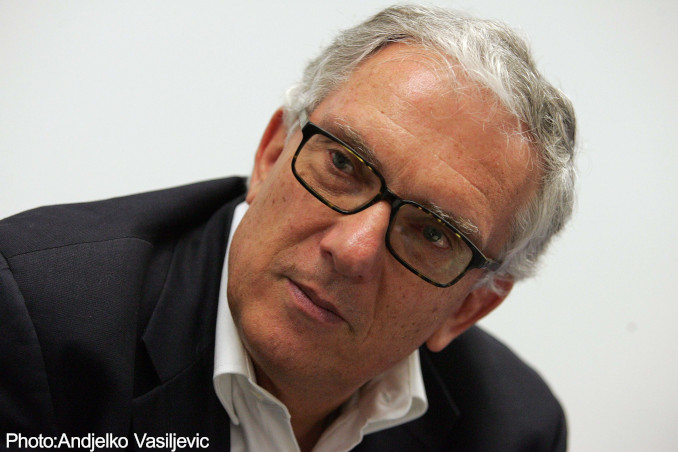













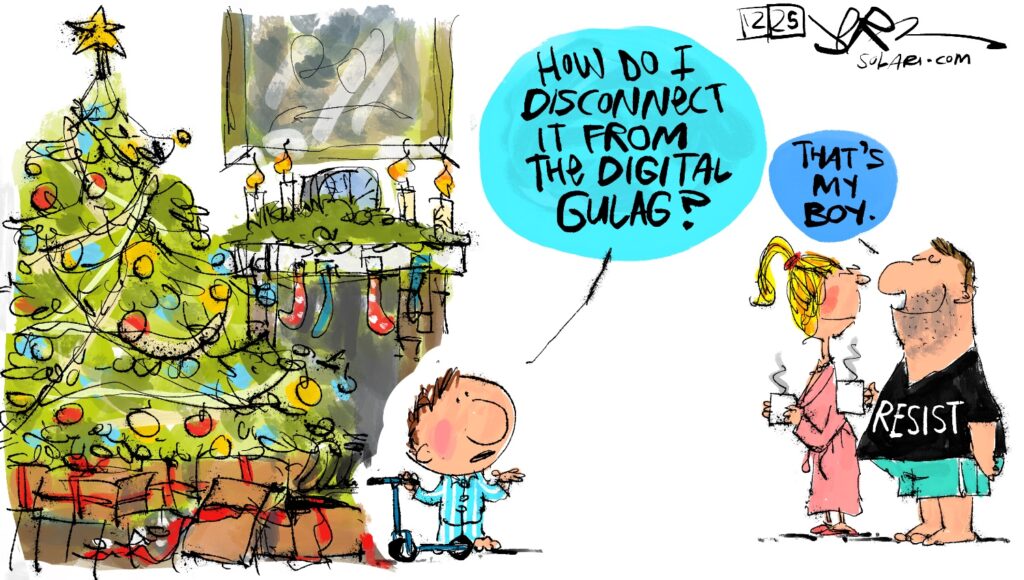
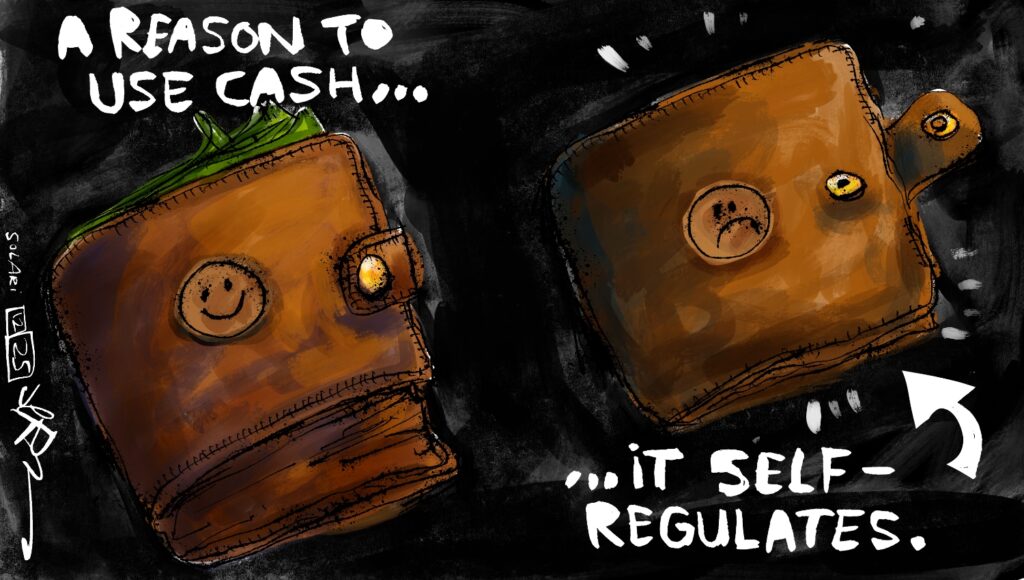
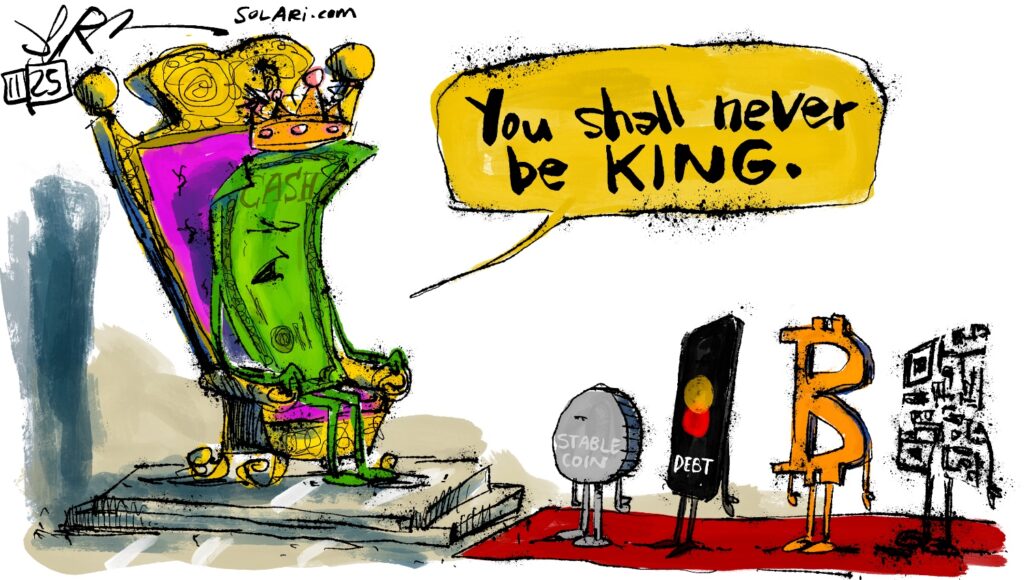
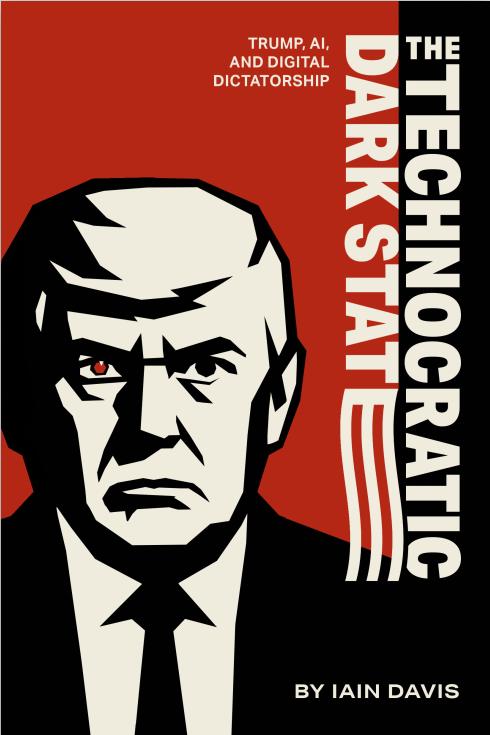



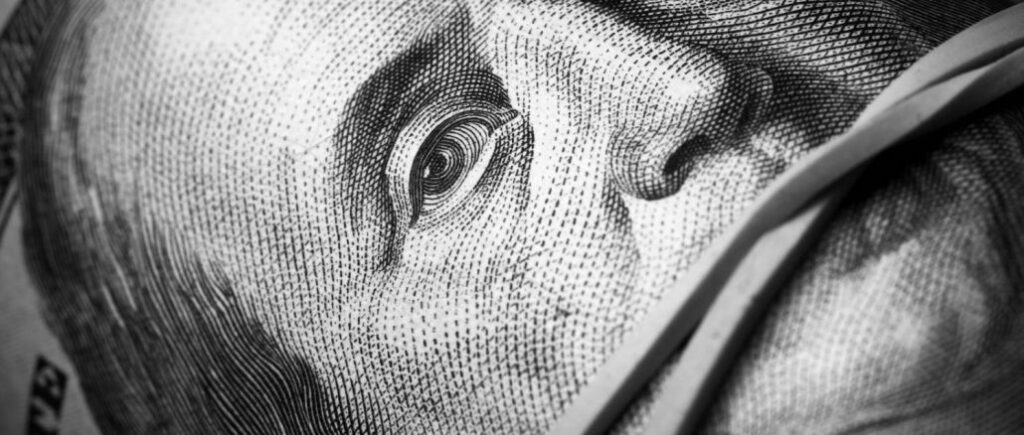









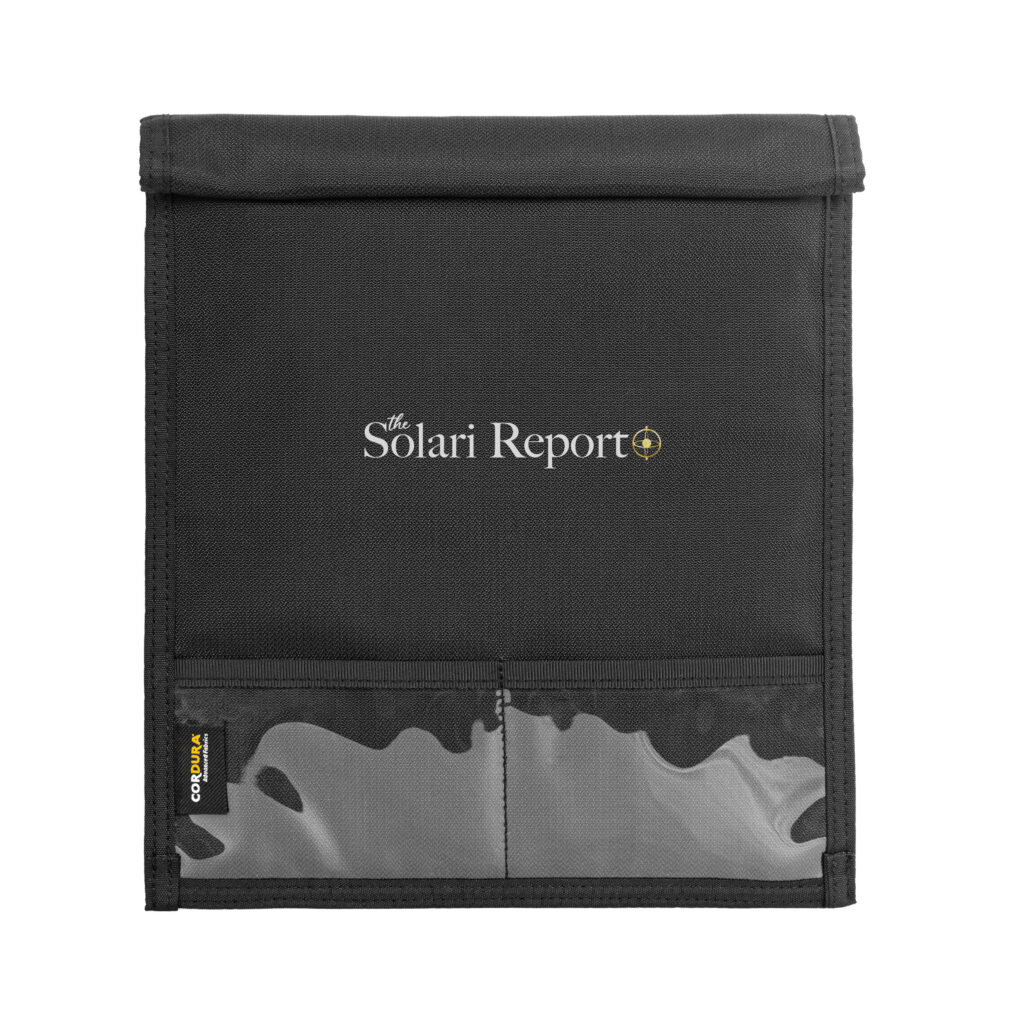

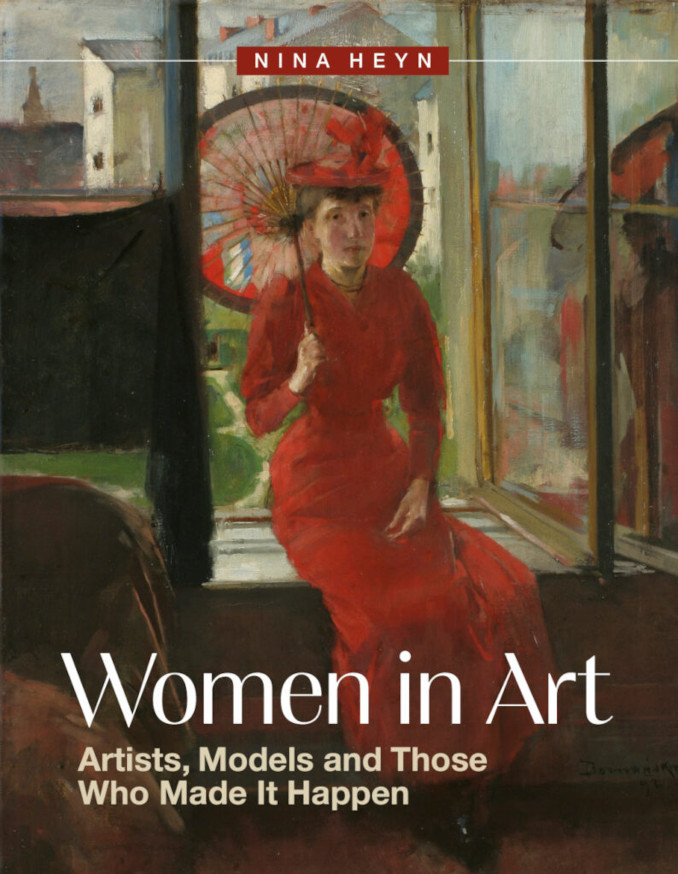
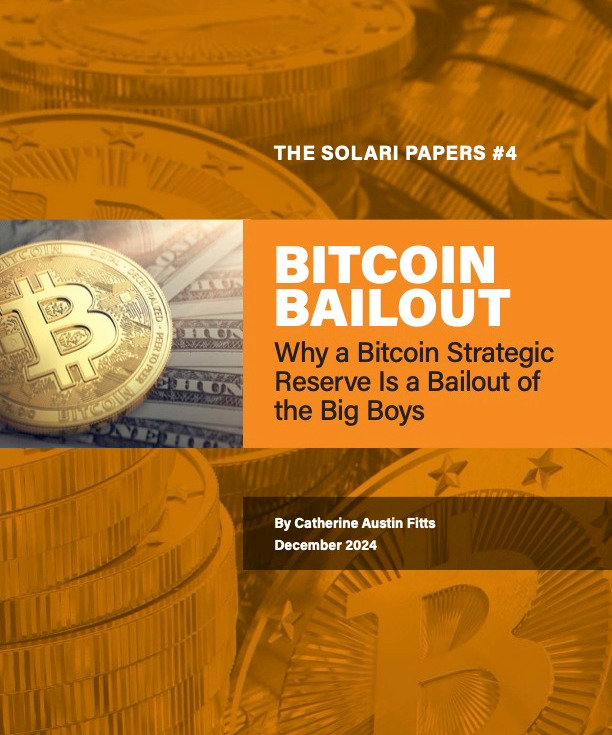



Oh my. RFK Jr on that little country we shall not name. Interview with Jimmy Dore At least can laugh at Jimmy’s face when he is listening. Too funny
These two stories must be read together:
China Deflationary Pressure
Deflation: Why falling prices in China raise concerns
https://www.bbc.com/news/business-66435870
Drop in China exports
China’s July exports tumble by double digits, adding to pressure to shore up flagging economy
https://apnews.com/article/china-trade-economy-united-states-russia-171915b7daf9ba3f8fbd55724680bbb2
A huge driver of deflation in China is the lack of overseas demand for Chinese goods. Consumers are broke all over the world, especially in Europe and North America. People are not shopping and not consuming.
How exactly are we are not in a recession? Is it due to all those construction projects and capital investments shoring up the GDP? I was in DC last month, construction going on everywhere on the Mall. Dept of Treasury, Capitol, HUD, Smithsonian Castle, Academy of Sciences. There is money out there, but it is not in the consumers’ hands.
I was just in Center City Philadelphia and there is so much construction all along the East River. From Manayunk, East, all the way into the City. In ~2000 I read UPenns Master Plan for Phila. development. It’s exactly what they said and it fits the 15-minute City 2030 Agenda. Of course they’re all ‘luxury’ loft spaces.
Traveling west, from Conshohocken to Valley Forge, there’s all new condo and apartment construction along the river.
Who is renting / buying? How many people are they expecting?
Unfortunately infrastructure that runs ahead of the private economy is like methadone, not productive. So the question is new technology? Will enough be let out of the bag to increase productivity or instead will the depopulation and financial repression fund the harvest?
Financial repression will fund the harvest using new technology – concentrated in a few. There is no need to intentionally depopulate. People will die on their own, they will kill themselves via poor health, living conditions and economic distress, mental problems, and basically poverty. Building scarcity is a way of lessening the opportunities for building wealth and this creates that panic mode.
To overcome is to stay calm and consistently find new pathways/options for when the main turn or final stage of control comes by. This all situation is predictable not avoidable.
Collectivism doesn’t work. Individual thinking will take you farther. Unfortunately, not everyone has been provided with the education to survive.
Since I fired my cable TV & internet company 5 years ago for poor customer service, and I have analog tube-type TVs at home since flat screen TVs in stores and hotels make me dizzy, I cannot receive broadcast digital signals at home without a converter box, which I have but never hooked up. I borrow DVDs from my local library instead and purchase VHS tapes and DVDs from local estate sales.
“The Blacklist” TV series was recommended to me. Season 2, Episodes 21 “Karakurt” and 22 “Tom Connolly” finish out the season, which aired in May 2015. In it, the characters talk about “The Cabal”, or as Dr. Joseph P. Farrell likes to call them, “Mr. Globalloni”, a shadow gov’t. They have their minions throughout the DOJ, AG, FBI, and Congress that are in positions to threaten and manipulate the good ethical people underneath them with loss of job and income, prison with no trial, disappear into oblivion, or injury to self or family. In addition, there is a specialized virus in these episodes that was developed in a clandestine laboratory. Oh, my! ? And guess what they discuss will happen if it gets released? A lockdown! Cool! ?. Déjà vu! ? Or “déjà vu all over again” as one sportscaster likes to say. This virus targets certain DNA types. It’s a roto-virus rather than a corona-virus, spiral rather than crown, but it is still a virus. And 2 RNAs make a DNA. And since 5 to 8 years later we are talking about mRNA (modified RNA) technology and behind the scenes some sort of unelected government, I think these episodes are rather poignant today. Is this “art imitating life”, or is it now “life imitating art”? It begs the question: “Which came first? The chicken or the egg?” Was the virus planned or was it a reaction to nature?
S2E2 storyline has elements of FTX, https://en.wikipedia.org/wiki/Monarch%20Douglas%20Bank
The 2017 series “Incorporated” was produced by Matt Damon and Ben Affleck and cancelled after one season. Climate change messaging, Green/Red Zones, Chinese commercial about starving American kids, corporate parents over human parents, and more:
https://www.youtube.com/watch?v=FXY6F5PS5Fc&list=PLX5Az9LAnbkRTxf0E4oPlhNoHehY9WlPB&index=22
It’s predictive programming and they have a Blackout in the TV Series Revolution as well as a virus that the unelected Givernment unleashed in people. Of course, the Govt had the antidote. Revolution also has the country dicoddd into regions which was discussed during Covid.
Oh, and Russia continues to be the consummate enemy.
Karen Kingston was in Florida asking sheriffs to confiscate the jabs:
https://beforeitsnews.com/health/2023/08/karen-kingston-has-been-poisoned-calls-out-robert-malone-others-video-3052671.html
She makes some interesting points about Dr. Malone who is now saying that he wants to have unity. He speaks with forked tongue since he has now sued the Breggins and others.
https://rumble.com/v2a88bk-psywars-fifth-generation-warfare-and-sovereignty.html
Would love to hear some comments on this. The videos are a bit long, but she’s making some important points. This would impact RFK jr’s campaign .
We discuss whether Sheriffs have jurisdiction briefly in Ask Catherine
thanks, I’ll listen
If I’m not mistaken Ed Dowd who is involved in the RFK Jr campaign ins in Maui which is on fire right now.
Scorched earth policy.
Under an Ionized Sky
no kidding.
https://truthcomestolight.com/apocalyptic-scene-out-of-control-wildfire-spreads-on-hawaiis-maui-island/
Catherine right again ..
https://www.foxnews.com/us/doj-eyeing-americans-like-atms-spending-6-billion-aid-civil-asset-forfeitures-watchdog-says
I drive from Shannon Rd in Plainfield to Oshawa every weekday (and on weekends at times). The MTO always has part of the 401 reduce to 1 lane at some point for “construction work” yet there is never any one working at the location. Day / night, never a sole there! this started about 5 years ago, likely though more like 6 as it took me about a yearly to notice it / verify I wasn’t imagining things. They start “construction work” in GTA but put 6 guys on the job that should have 40 or 50.
Traffic in the GTA can turn a calm soul into rage and anger! When I left Toronto in 2009 for Canada’s pacific north west, they started the Eglinton Avenue (subway) construction. Guess what? It’s STILL under construction today in 2023! You cannot go anywhere without idling in traffic for hours!! I won’t even mention the increase in car accidents – it’s frightening, especially since after the rollout of injections. The DVP, the Allen, Queensway and the 401 are always a mess, and the 407 is your only peaceful highway to travel safely from Toronto to Ajax, but you have to pay the price and it’s costly if you have to take that route on a week-day basis. So glad I finally left Canada this year… from politics, to healthcare to inflation – it’s just not a safe place for anyone with an ounce of wisdom these days.
Projects to use and funnel civic funds exist for sure. Here in California, in the Bay Area, a bike lane was installed on the Richmond bridge in the past few years to the tune of millions of dollars. Now, due to enormous traffic backups, as the result of one fewer useable lane for vehicles and data which shows so few bicyclists even using this bike lane, the talk is to remove it. The formula seems to be research the project, build it despite public opposition, funnel the tax payers money and then repeat…to keep the game going. Ugh!